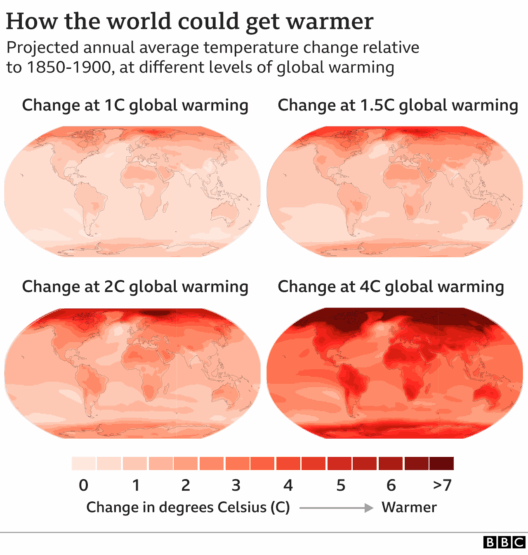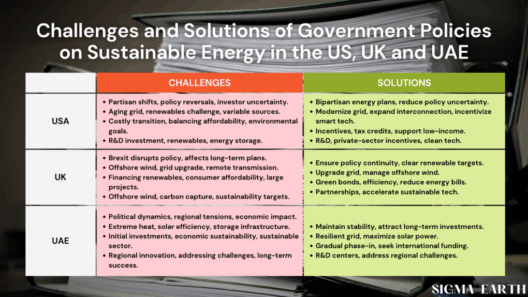Photosynthesis, a quintessential biological process, serves as nature’s solar powerhouse, transforming solar energy into chemical energy. This elaborate and elaborate mechanism predominantly occurs in the chloroplasts of plant cells, employing an intricate dance of light absorption and carbon fixation to fuel life on Earth. Understanding how energy is conserved during photosynthesis unveils the remarkable efficiencies of nature’s systems, shedding light on the critical role of this process in mitigating climate change and sustaining ecological balance.
The process of photosynthesis can be conceptualized in two primary stages: the light-dependent reactions and the light-independent reactions, commonly referred to as the Calvin cycle. Each of these stages plays a pivotal role in energy transformation and conservation.
During the light-dependent reactions, which occur in the thylakoid membranes of chloroplasts, photons from sunlight are captured by chlorophyll and other pigment molecules. This capture initiates a cascade of events leading to the excitation of electrons. The excited electrons are transferred through a series of protein complexes known as the electron transport chain, which is a quintessential feature of this process.
As the electrons traverse the electron transport chain, their energy is harnessed to pump hydrogen ions (protons) into the thylakoid lumen, creating a proton gradient across the membrane. This proton motive force is vital for the synthesis of adenosine triphosphate (ATP) and nicotinamide adenine dinucleotide phosphate (NADPH), both of which are essential energy carriers. ATP, often referred to as the “energy currency” of the cell, and NADPH serve as stored energy ready to be utilized in subsequent cellular processes.
The process of creating ATP from ADP (adenosine diphosphate) and inorganic phosphate, through ATP synthase, exemplifies energy conservation. Here, the energy stored in the proton gradient is converted into chemical energy, illustrating the principle of energy fidelity. Such intricate mechanisms are the epitome of efficiency in the natural world, ensuring minimal energy loss as the system transitions from light energy to chemical energy.
Simultaneously, water molecules undergo photolysis, whereby they are split into oxygen, protons, and electrons. This reaction is pivotal not just for producing oxygen—an essential element for most life forms—but also for replenishing the electrons lost by chlorophyll. This cyclical process ensures that energy transformation continues unabated during the light-dependent reactions.
Transitioning to the Calvin cycle, which occurs in the stroma of the chloroplasts, we witness the utilization of ATP and NADPH produced in the light-dependent reactions. Here, carbon dioxide is fixed into organic molecules, beginning with ribulose bisphosphate (RuBP). The enzyme ribulose bisphosphate carboxylase/oxygenase, commonly referred to as Rubisco, catalyzes the reaction between RuBP and carbon dioxide, creating a three-carbon compound known as 3-phosphoglycerate (3-PGA).
3-PGA is subsequently phosphorylated by ATP and reduced by NADPH, yielding glyceraldehyde-3-phosphate (G3P). A portion of the G3P molecules can then be used to regenerate RuBP, allowing the cycle to continue. The remaining G3P can be utilized for synthesizing glucose and other carbohydrates, laying the foundation for energy storage. The conversion of inorganic carbon into organic compounds signifies not only the conservation of energy but also the foundational step in supporting the food web and energy flows in ecosystems.
The efficiency of photosynthesis is underscored by its capacity to convert approximately 1-2% of the solar energy reaching Earth into chemical energy. This may seem modest; however, it translates into an immense amount of biomass, subsequently supporting all terrestrial life. This remarkable energy conversion mechanism underpins the global carbon cycle, playing a crucial role in sequestering atmospheric carbon dioxide and influencing climate dynamics.
Furthermore, recent studies have underscored the potential of enhancing the photosynthetic efficiency to combat climate change. This research entails engineering crops to optimize the pathways involved in carbon fixation, thereby increasing biomass production and food security while reducing atmospheric carbon levels. Such innovations could prove transformative in addressing the burgeoning challenges posed by a changing climate.
The understanding of photosynthesis also extends beyond terrestrial plants. Marine phytoplankton, the foundation of oceanic food webs, engage in photosynthesis, contributing to a significant share of global primary production. By intricately managing and conserving energy derived from sunlight, these microorganisms play an essential role in regulating Earth’s climate through the carbon cycle and oxygen production.
Ultimately, the process of photosynthesis exemplifies the intricacies of energy conservation in the natural world. From the sophisticated light-harvesting complexes that capture solar energy to the biochemical pathways that produce glucose, nature has refined a process that not only sustains life but also supports the delicate balance of ecosystems. The principles derived from understanding this process are pivotal in our quest to innovate sustainable solutions to combat climate change, emphasize energy conservation, and articulate the importance of preserving the biodiversity that enables these essential functions.
In conclusion, photosynthesis stands as a timeless testament to the efficacy and elegance of nature’s designs. Through energy conservation and the efficient conversion of solar energy into chemical forms, it nourishes life, regulates ecosystems, and holds keys to a more sustainable future. This harmonious interplay between light, carbon, and energy is not merely a biological phenomenon; it is a cornerstone of planetary health and resilience.








